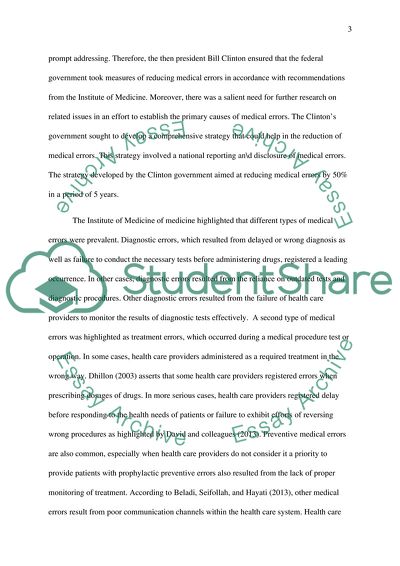Cite this document
(The Epidemiology, Causes and Patient Risk Factors for Medical Errors Coursework Example | Topics and Well Written Essays - 3250 words, n.d.)
The Epidemiology, Causes and Patient Risk Factors for Medical Errors Coursework Example | Topics and Well Written Essays - 3250 words. https://studentshare.org/health-sciences-medicine/1840275-errors-in-hospital
The Epidemiology, Causes and Patient Risk Factors for Medical Errors Coursework Example | Topics and Well Written Essays - 3250 words. https://studentshare.org/health-sciences-medicine/1840275-errors-in-hospital
(The Epidemiology, Causes and Patient Risk Factors for Medical Errors Coursework Example | Topics and Well Written Essays - 3250 Words)
The Epidemiology, Causes and Patient Risk Factors for Medical Errors Coursework Example | Topics and Well Written Essays - 3250 Words. https://studentshare.org/health-sciences-medicine/1840275-errors-in-hospital.
The Epidemiology, Causes and Patient Risk Factors for Medical Errors Coursework Example | Topics and Well Written Essays - 3250 Words. https://studentshare.org/health-sciences-medicine/1840275-errors-in-hospital.
“The Epidemiology, Causes and Patient Risk Factors for Medical Errors Coursework Example | Topics and Well Written Essays - 3250 Words”. https://studentshare.org/health-sciences-medicine/1840275-errors-in-hospital.


